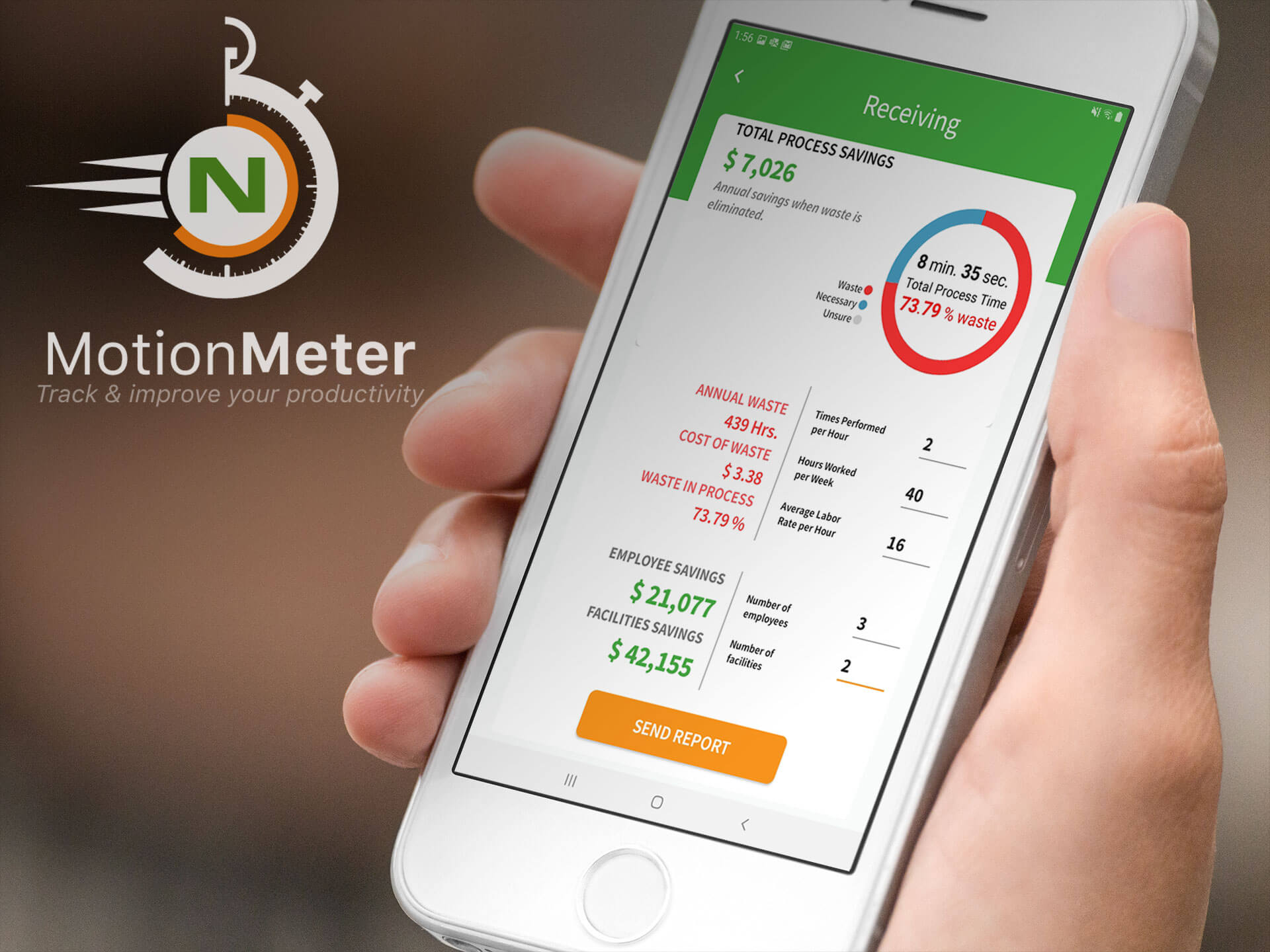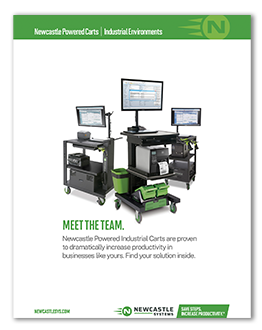
Peak season is a critical time for eCommerce businesses and retailers. It’s when they experience the highest demand and have an opportunity to generate the most sales and revenue. However, many businesses experience a host of peak season challenges, and this year could be particularly interesting. Here are some of the challenges your business is likely to face and why now is the ideal time for peak season preparation.
The Importance of Peak Season Planning
Peak season is one of the most critical times for retailers and eCommerce businesses. Sales can soar, but so can various business and logistical challenges. Here are some of the reasons you should make peak season planning a priority:
1. Peak Season Spans Many “Events”
Peak season no longer encompasses just the weeks between Thanksgiving and Christmas. It now includes several major shopping events in the Fall:
 Halloween — Consumers in the U.S. alone spent upwards of $12 billion annually on costumes, decorations, and candy for the annual holiday.
Halloween — Consumers in the U.S. alone spent upwards of $12 billion annually on costumes, decorations, and candy for the annual holiday. - Singles’ Day — The November 11th shopping day originated in China, but has become a global event. It’s an opportunity for online retailers to provide massive discounts on things like fashion and electronics.
- Black Friday — Considered one of the busiest shopping days of the year, the Friday after Thanksgiving promises steep discounts in just about every category. Millions of consumers jump online and flock to stores for major deals.
- Cyber Monday — The Monday after Black Friday has become a new online sales event for eCommerce stores. It’s now one of the largest single online shopping days of the year.
- Christmas — The days leading up to Christmas will continue to generate significant sales for online stores and brick-and-mortar retailers. Businesses must be ready to handle the demand of last-minute shoppers by meeting tight deadlines.
2. Shipping and Delivery Delays are Possible
As consumer demand increases during peak season, shipping networks can reach capacity. Driver shortages, port congestion, and unpredictable weather events can lead to delays. Many consumers worry about not receiving their orders by the promised delivery dates.
3. You Need Enough Workers on Staff
In addition to possible driver shortages, warehouses and retailers must also have enough workers on staff to deal with the challenges of peak season. Additional workers are necessary to handle customer service, inventory, and order fulfillment.
4. Warehouse Space Might Not Be Sufficient
 As peak season approaches, warehouse space might become an issue. If you are currently at capacity, you likely won’t have sufficient space to deal with peak season demands.
As peak season approaches, warehouse space might become an issue. If you are currently at capacity, you likely won’t have sufficient space to deal with peak season demands.
5. Proper Inventory Management is Essential
Poor demand forecasting can lead to ordering unnecessary inventory of unpopular items or stock shortages of products that consumers want the most. Either scenario will result in lost revenue as you pay to store items you won’t sell or lose sales to a competitor who has in-demand items in stock.
Don’t Rely on History Repeating Itself
Traditional planning often relies on historical sales data as a primary planning tool for peak season. This generally worked well pre-pandemic, but we have been living in some unusual times over the past five years. It’s no longer sufficient to expect that what happened last year or even last month will be sufficient data for a trend.
Supply chains faced massive challenges in 2020 and the following years. Retailers, manufacturers, and logistics companies had to scramble to figure out new ways of connecting. Many businesses were resilient by implementing technology solutions, supply chain visibility tools, and innovative fulfillment strategies.
In 2025, U.S. and overseas businesses alike will face new challenges thanks to uncertain tariffs and constantly changing trade situations. If you rely on overseas suppliers for your products or raw materials, you may either want to find an alternative or begin frontloading inventory now.
Top Peak Season Preparation Tips
If you’ve created a 6-8 month plan for the remainder of the year, it’s time to begin making some plans. Success during peak season, or any time of the year, depends on effective planning and execution. Here are some tips to help you get ready for this year’s peak season:
1. Leverage Forecasting and Demand Planning
Predictive analytics can be invaluable for estimating sales during peak season and optimizing inventory levels. Instead of simply relying on past performance, these advanced insights will consider other factors, such as trends and the overall economic situation, to assist with demand planning.
2. Hire Seasonal Staffing
While it might be too soon to hire seasonal staff, you can get your programs in place now so you are ready in the fall. Update your job descriptions, review your training programs, and calculate how many extra staff members you need to hire for various positions.
3. Shore Up Carrier Partnerships
When you are facing industry and economic uncertainty, it might be a good idea to diversify your partnerships. You’ll have more flexibility if you are dealing with multiple shipping partners instead of relying on just one.
4. Invest in New Technology
 Peak season isn’t the time to implement and learn new technology solutions. Doing so now can get your team up to speed in time for those holiday sales. Your business can enjoy the benefits of a more robust warehouse management system (WMS), automation tools, or mobile powered carts throughout the warehouse.
Peak season isn’t the time to implement and learn new technology solutions. Doing so now can get your team up to speed in time for those holiday sales. Your business can enjoy the benefits of a more robust warehouse management system (WMS), automation tools, or mobile powered carts throughout the warehouse.
5. Consider Outsourcing 3PL
If you are already at capacity, you may wish to outsource some or all of your logistics to a third-party provider. These partners can offer extra storage space, transportation, and last-mile delivery support during the busiest months of the year.
6. Communicate With Customers
Customers like to form relationships with brands and know what they can expect from their shopping experiences. As part of your ongoing marketing efforts, keep your customer base informed about what you are doing to get ready for peak season and what you intend to offer.
Thorough peak season planning is vital for any business that wants to succeed during the most fruitful time of the year. Businesses must take a proactive approach by frontloading inventory and planning for the various challenges that could arise. This will ensure the right resources are in place to meet consumer demands and exceed business results.












